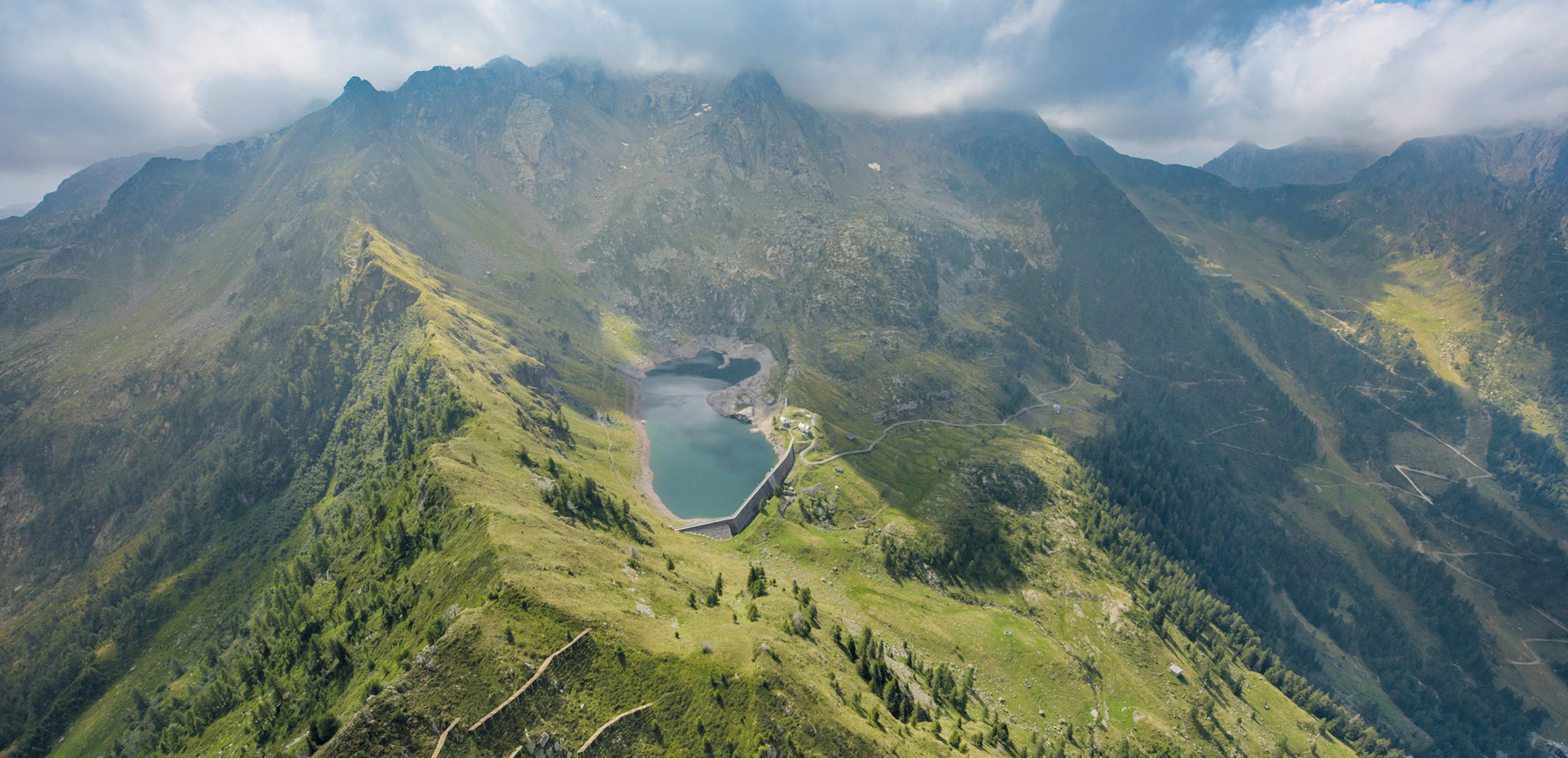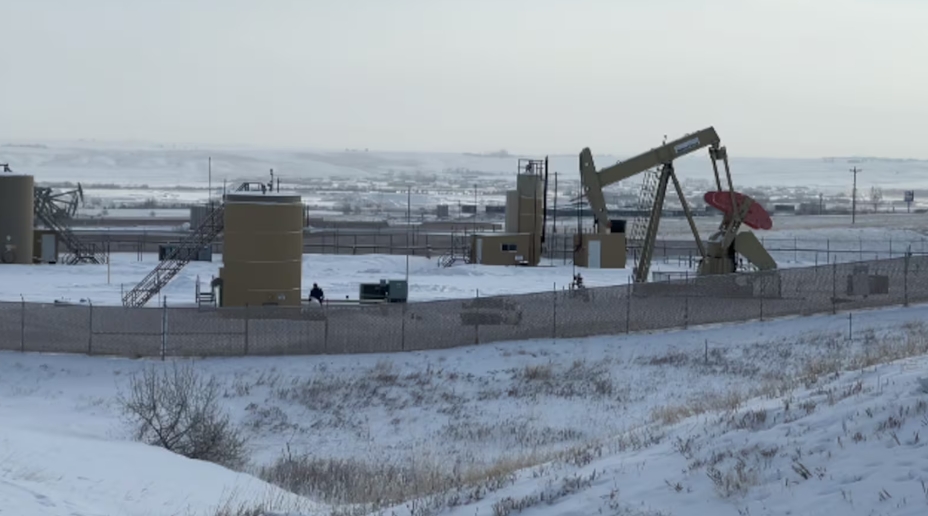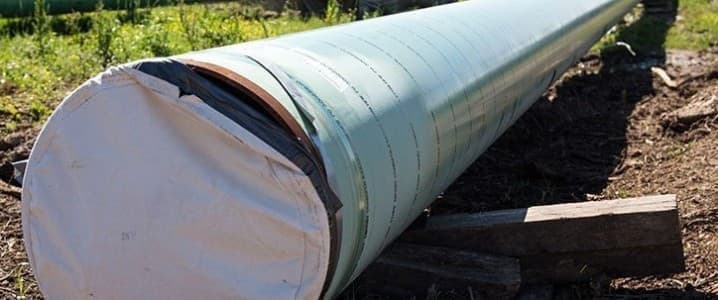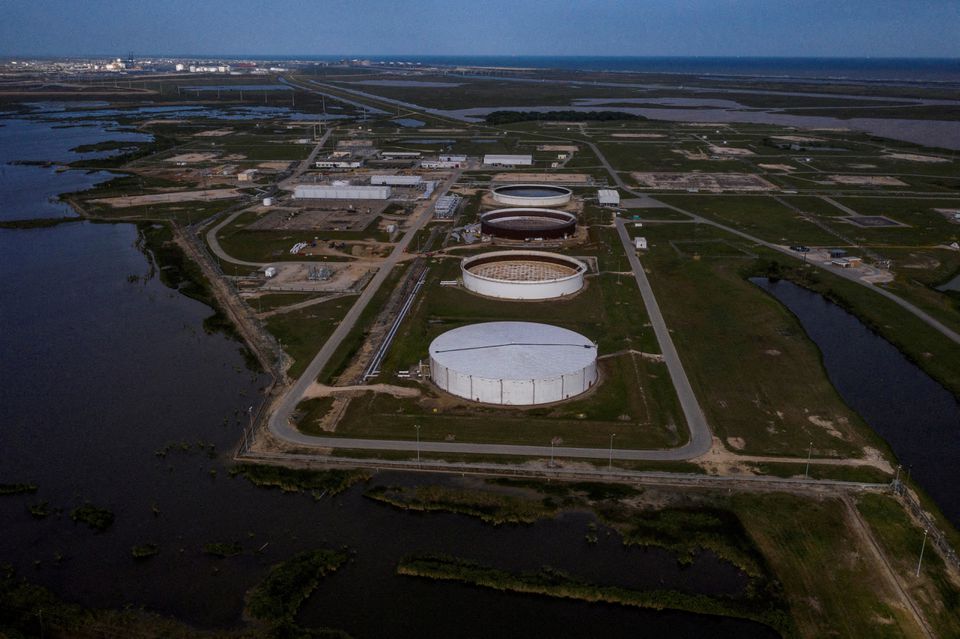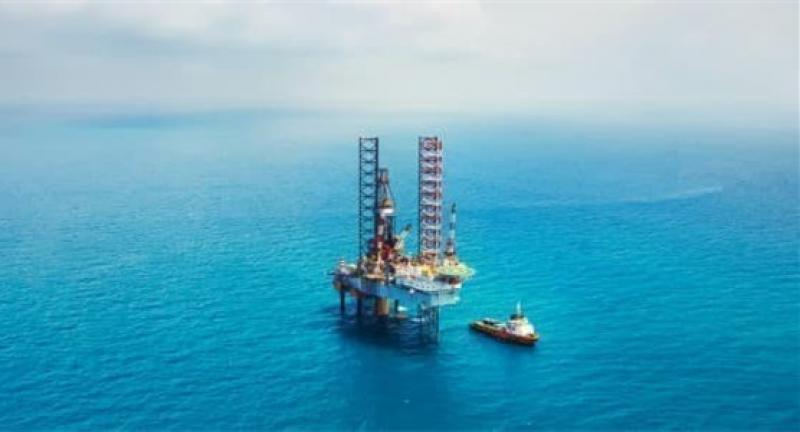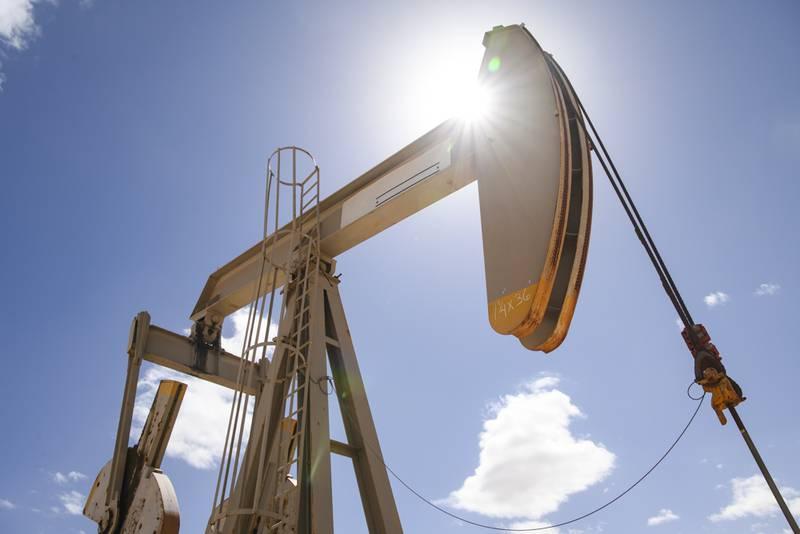Enel Green Power has initiated a project called GPS Hydro to improve the monitoring, and thus safety, of its hydropower infrastructure.
Hydropower is the oldest renewable energy source and is at the forefront of technological innovation, notably digitalization, Enel Green Power said. This is one of the core areas of the group’s innovation strategy and it has significant potential for improving the monitoring and safety of infrastructure, according to a release.
Enel Green Power said one of the most promising solutions is precision satellite positioning. The GPS Hydro project is based on the Global Navigation Satellite System (GNSS). This enables precision geo-spatial positioning – at any point on the Earth’s surface – for all devices equipped with receivers.
To detect even millimeter-wide movements on dams, pipelines or other hydroelectric infrastructure, Enel Green Power relies on measurements performed in the field by operators. “A technician goes on site and performs topographical surveys. The data can feed time series through which the behavior of the infrastructure is analyzed,” said Gioacchino Bellia, head of hydro innovation at Enel Green Power. “The GNSS technique, on the other hand, consists of placing one or more antennas on the infrastructure for monitoring purposes. Another receiver, which serves as a reference, is placed far from the infrastructure, on stable ground. It will then process the satellite data related to the different antennas and continuously provide the position of the various monitored points.”
Replacing or complementing manual measurements with satellite technology where possible has many advantages, Bellia said. He pointed to the fact that surveys and recordings are continuous and uninterrupted, making it possible to intervene more promptly when needed. “In particular, tasks which require getting to inaccessible or hard-to-reach places can be avoided or reduced,” he said.
GNSS has been adopted in other contexts for precision surveying, such as cartography, but the systematic monitoring of hydroelectric infrastructure had specific requirements, Enel Green Power said. The feasibility and suitability of the technique had to be verified, even in unfavorable conditions for satellite visibility, such as mountainous terrain, tall buildings and other structures, or vegetation.
Enel Green Power began an experiment at four sample sites, three in Italy and one in Spain. The sites consisted of two dams (Gusana in Sardinia and Alanno in Abruzzo) and two hydraulic pipelines (Gandellino in Lombardy and Pampaneira in Andalusia). These facilities were chosen, Bellia said, “because they were representative of four different types: an earthen dam, a concrete dam and two pipelines. At each of the four sites, the validity of the technology was tested for both signal reliability and data accuracy.” Bellia said the results have been decidedly positive, and the company has already initiated two additional projects in Italy and is considering others, in Spain and other countries where the company operates.
When fully deployed, GNSS will be widely used for different types of hydropower infrastructure. In some cases – where there are regulatory requirements – the new technology may be used in addition to traditional methods, rather than as a replacement.
“The human factor will still be crucial, but it will be increasingly directed toward high-value-added activities: surveys and field inspections will always be necessary, but they can be made increasingly efficient, thanks to the analysis and interpretation of data from satellites,” Bellia said.
Enel Green Power, within the Enel Group, develops and operates renewable energy plants worldwide and is present in Europe, the Americas, Asia, Africa and Oceania. The company has a total capacity of around 54 GW and a generation mix that includes wind, solar, geothermal and hydroelectric power.
